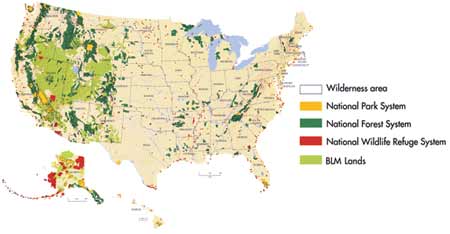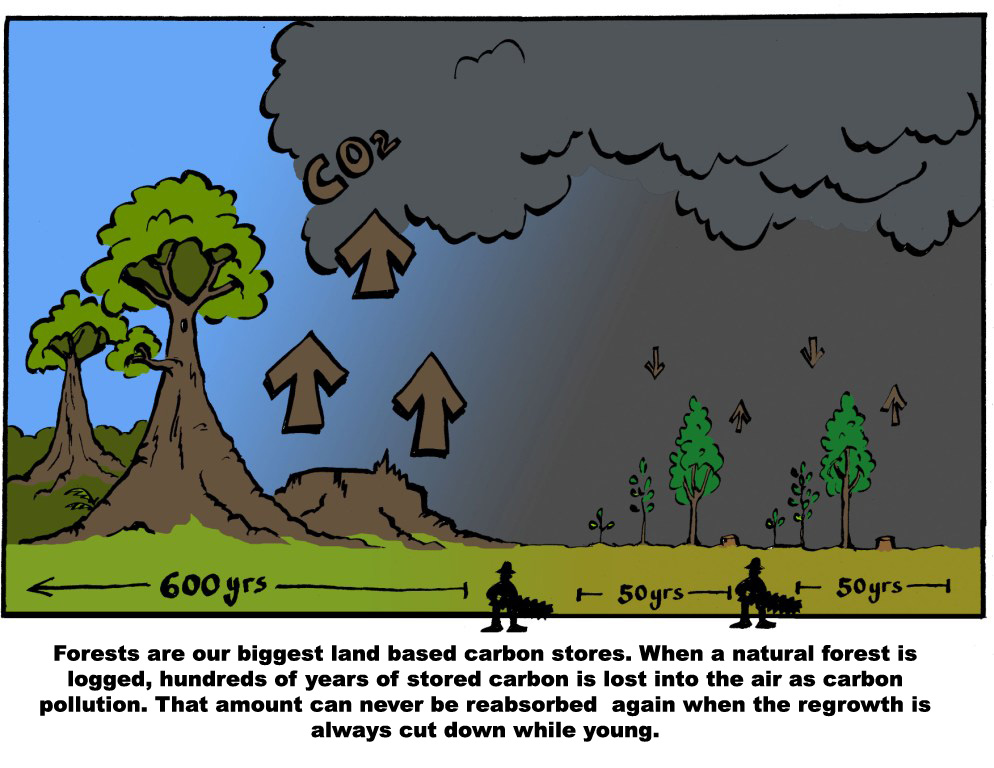Public Lands, Dirty Energy
- by Josh Schlossberg, The Biomass Monitor
Grassroots advocates have done a bang up job alerting the American public to the disturbing health and environmental impacts of the extraction, transportation, and generation of dirty energy (fossil fuels, nuclear power, and biomass/trash incineration). Greenhouse gases, air pollution, and water contamination from energy sources requiring smokestacks or cooling towers have become common knowledge to all but the willfully ignorant.

However, to achieve a critical mass of action that will influence public policy and shift private investment away from energy sources that cause more harm than good, dirty energy opponents must find common threads to weave the fabric of the movement together.
One such thread consists of the forests, prairies, and deserts on public lands that belong to every U.S. citizen, and the threat dirty energy poses to it all.
Musical Chairs
All too often activists fighting one sector of the dirty energy industry will ignore — and occasionally advocate for — yet another type of dirty energy, invalidating many of the very concerns they profess, confusing the public, and harming the overall movement.
For instance, when anti-coal campaigners give a pass to biomass energy, the coal industry gets away with toasting trees in their coal-fired power plants. By endorsing (or allowing) biomass incineration, anti-coal activists contradict their own talking points about air pollution from coal, since trees or other forms of “biomass” actually emit higher levels of deadly particulate matter per unit of energy produced than the dirtiest fossil fuel. Ironically, a coal facility that starts burning biomass may result in the facility operating longer than it would have otherwise — continuing to burn more coal along with trees.
The same dynamic is at work when biomass energy opponents insist that natural gas would be a better fuel to burn in a power plant. How can the public, policymakers, and the media take biomass busters’ worries about climate and watersheds seriously when they are in favor of an energy source that leaks vast amounts of methane — a greenhouse gas over twenty times more potent than carbon dioxide — and can be responsible for groundwater contamination through hydraulic fracturing?
READ MORE
Climate Report Leaves Hopes Hanging on Fantasy Tech
- by Rachel Smolker, Biofuelwatch
This year, the Intergovernmental Panel on Climate Change (IPCC) has confirmed for us, once again, that the planet is warming, even more and even faster than panel members thought. In fact, it is getting even warmer even faster than they thought the last time they admitted to having underestimated the problem. We humans are in deep trouble, and finding a way out of this mess - one that will ensure a decent future for us - is becoming increasingly difficult, if not nearly impossible.
That difficult task is what the latest installment from IPCC, the Working Group 3 report on mitigation is intended to address. This past weekend, the "summary for policymakers" was released after the mad rush of government negotiations over the scientists' text took place in Berlin last week.
READ MORE